
Palliative care interventions for people with multiple sclerosis
Abstract Background People with multiple sclerosis (MS) have complex symptoms and different types of needs. These demands include how to manage the burden of physical disability as well as how to organise daily life, restructure social roles in the family and at work, preserve personal identity and community roles, keep self‐sufficiency in personal care, and […]
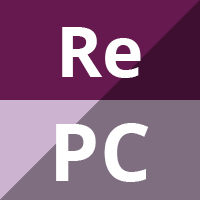
Risk assessment tools for the prevention of pressure ulcers
Abstract Background Use of pressure ulcer risk assessment tools or scales is a component of the assessment process used to identify individuals at risk of developing a pressure ulcer. Use of a risk assessment tool is recommended by many international pressure ulcer prevention guidelines, however it is not known whether using a risk assessment tool […]
Interventions for the reduction of prescribed opioid use in chronic non-cancer pain
Abstract Background This is the first update of the original Cochrane Review published in 2013. The conclusions of this review have not changed from the 2013 publication. People with chronic non-cancer pain who are prescribed and are taking opioids can have a history of long-term, high-dose opioid use without effective pain relief. In those without […]

Foam dressings for treating pressure ulcers
Abstract Background Pressure ulcers, also known as pressure injuries and bed sores, are localised areas of injury to the skin or underlying tissues, or both. Dressings made from a variety of materials, including foam, are used to treat pressure ulcers. An evidence-based overview of dressings for pressure ulcers is needed to enable informed decision-making on […]
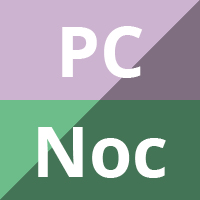
Drug therapy for symptoms associated with anxiety in adult palliative care patients
Abstract Background This is an update of a Cochrane Review first published in 2004 (Issue 1) and previously updated in 2012 (Issue 10). Anxiety is common in palliative care patients. It can be a natural response to the complex uncertainty of having a life-limiting illness or impending death, but it may represent a clinically significant […]
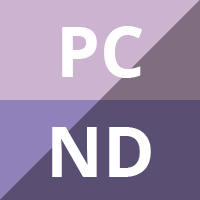
Neuromuscular electrical stimulation for muscle weakness in adults with advanced disease
Abstract Background This review is an update of a previously published review in the Cochrane Database of Systematic Reviews Issue 1, 2013 on Neuromuscular electrical stimulation for muscle weakness in adults with advanced disease. Patients with advanced progressive disease often experience muscle weakness, which can impact adversely on their ability to be independent and their […]
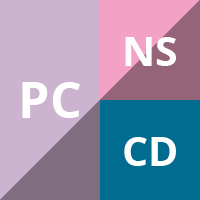
Admission avoidance hospital at home
Abstract Background Admission avoidance hospital at home provides active treatment by healthcare professionals in the patient’s home for a condition that otherwise would require acute hospital inpatient care, and always for a limited time period. This is the third update of the original review. Objectives To determine the effectiveness and cost of managing patients with […]
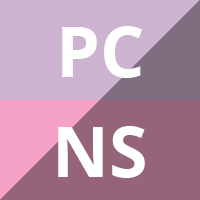
Hospital at home: home-based end of life care
Abstract Background The policy in a number of countries is to provide people with a terminal illness the choice of dying at home. This policy is supported by surveys indicating that the general public and people with a terminal illness would prefer to receive end-of-life care at home. This is the fourth update of the […]

Percutaneous endoscopic gastrostomy versus percutaneous radiological gastrostomy for swallowing disturbances
Abstract Background Gastrostomy has been established as the standard procedure for administering long-term enteral nutrition in individuals with swallowing disturbances. Percutaneous gastrostomy is a less-invasive approach than open surgical gastrostomy, and can be accomplished via endoscopy (percutaneous endoscopic gastrostomy or PEG) or sonographic or fluoroscopic guidance (percutaneous radiological gastrostomy or PRG). Both techniques have different […]

Support surfaces for pressure ulcer prevention
Abstract Background Pressure ulcers (i.e. bedsores, pressure sores, pressure injuries, decubitus ulcers) are areas of localised damage to the skin and underlying tissue. They are common in the elderly and immobile, and costly in financial and human terms. Pressure-relieving support surfaces (i.e. beds, mattresses, seat cushions etc) are used to help prevent ulcer development. Objectives This […]

